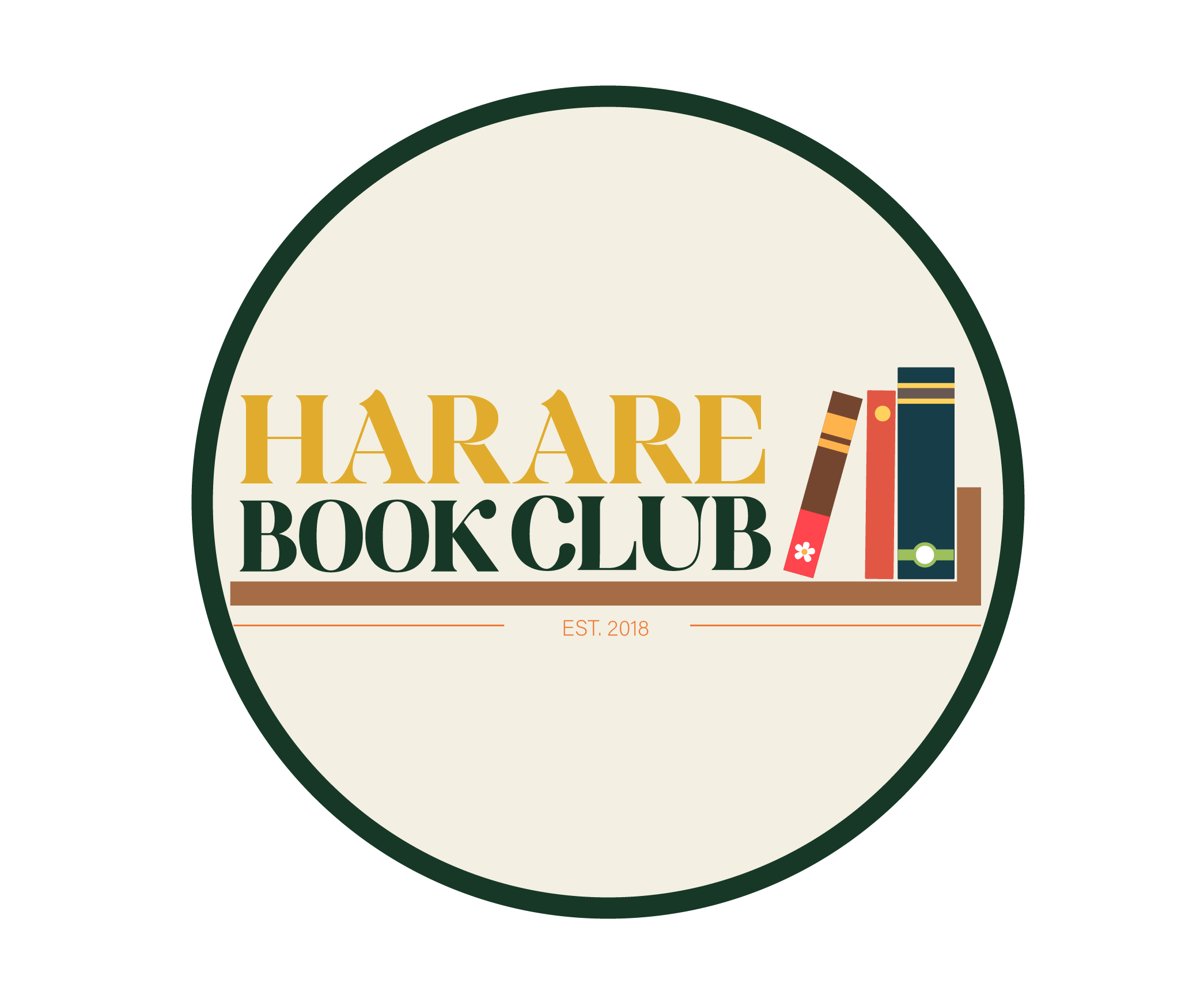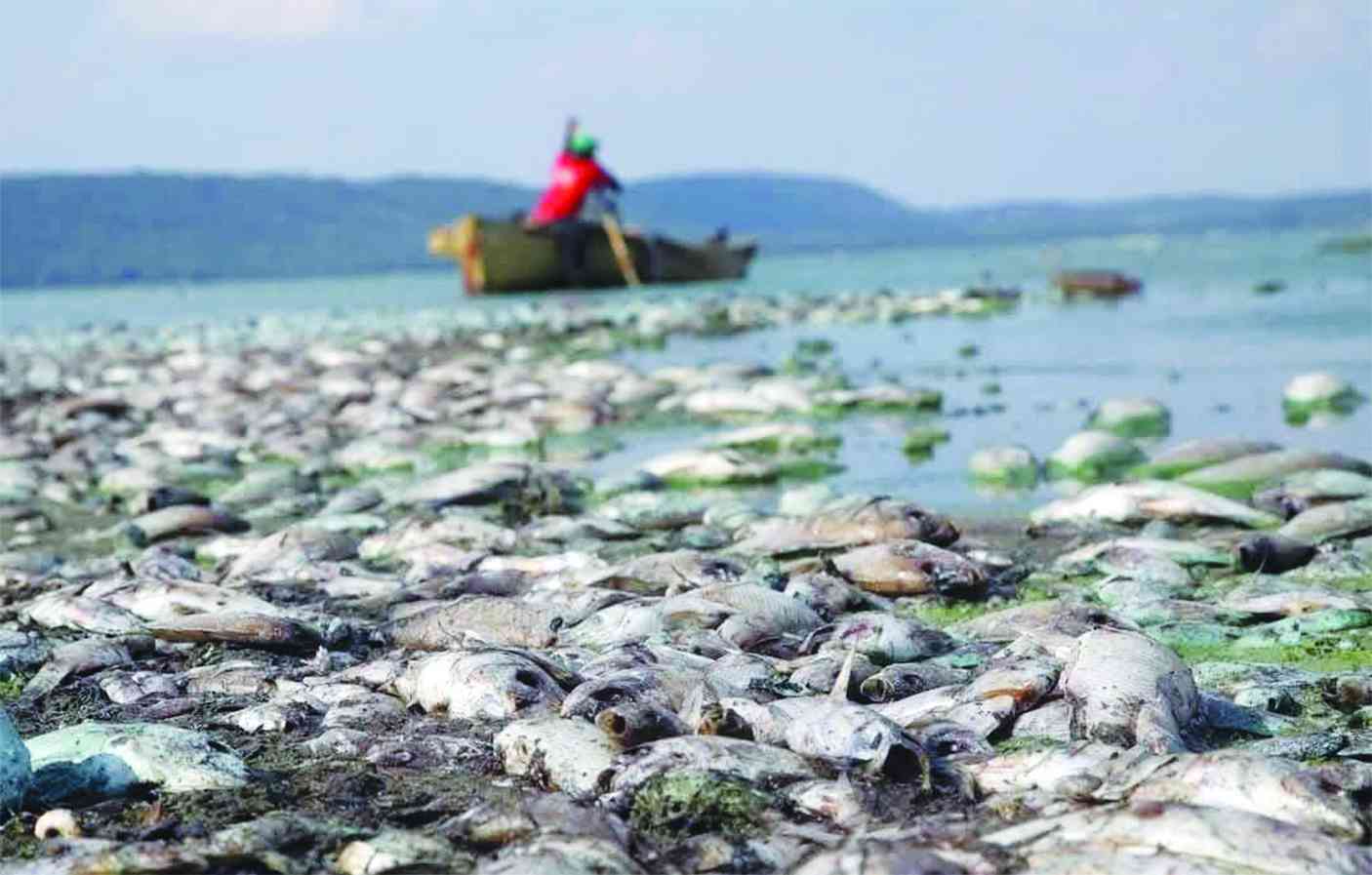
Southern Africa is home to some of the world’s most incredible wildlife. Elephants, cheetahs, wild dogs, leopards, lions, rhinos, giraffes, and so much more. In 2011, five African countries recognized the value of protecting these animals and the areas they lived in for the good of the wildlife, but also to benefit communities that rely on tourism as a source of income.
Angola, Botswana, Namibia, Zambia, and Zimbabwe banded together to establish the Kavango Zambezi Trans-Frontier Conservation Area — or Kaza — to conserve these wild expanses, protect wildlife, promote tourism, and improve the well-being of local communities. At 321 868 square kilometres, this is the largest wildlife conservation area in the world.
It is enormous; larger than Germany and Austria combined, roughly the size of France, and nearly twice as large as the United Kingdom.
Kaza includes 36 protected areas, game reserves, forest reserves, game management areas, communal lands, and conservation and tourism concessions. Probably the best known spots are Botswana’s Chobe National Park, Zimbabwe’s Hwange National Park, Zambia’s Kafue National Park, and of course, the jewels in the Kaza crown: the 5-million-acre Okavango Delta and the awe-inspiring Victoria Falls, a World Heritage Site and one of the seven natural wonders of the world. Kaza is also home to the greatest concentration of free-roaming elephants anywhere.
Travelling to the many fabulous destinations within the Kaza area gives you some truly amazing experiences, but it also has the added bonus of putting money directly into the local communities and helping to support this amazing initiative. Let me point you in the direction of some of my personal highlights of the region, why you should visit, and where you should stay while you’re there.
Makgadikgadi Pans, Botswana
Covering over 16 000 square kilometres, the Makgadikgadi Pans are the largest salt pans in the world.
Visible from the moon, this is a vast sea of white that was once the center of an ancient super lake that covered an area larger than Switzerland but evaporated many millions of years ago. The pans are a network of shimmering white flats during the dry season, but during the wet season, they fill with water and attract large numbers of zebra, springbok, and wildebeest, followed closely by predators, making for fantastic game viewing. The pans are the world’s largest breeding site for greater flamingos and home to one of Africa’s largest zebra populations.
- Mnangagwa in secret visit to Marange
- Global agency downgrades Zimbabwe’s growth projections
- Decomposed body of Taguta laid to rest
- Selmor keeps Mtukudzi’s legacy alive
Keep Reading
During the wetter months (December–March) the rains completely transform the pans. During this time, lush grasses absorb the nutrients around the pans, enticing Africa’s second largest zebra migration to head west from the Boteti River in search of the sumptuous green grass, closely followed by predators. One of the best places to see this is at Meno a Kwena, a hidden gem of a camp perched on a clifftop above the Boteti River.
The zebra migration is resident here for much of the year, and in the dry season, when there’s no other water around, the river is a magnet for wildlife. There are also opportunities for guided walks with local San bushmen, which is a really interesting way to learn about their culture, traditions, and intimate knowledge of the bush.
For keen bird watchers, the wetter winter months in the Makgadikgadi Pans are also a great time to see flamingos, who migrate to the pans to feed, mate, and nest. The Nata Bird Sanctuary, in the extreme northeastern part of Sua Pan (part of the Makgadikgadi network), is the perfect place to see them. The bright pink flamingos provide a stunning contrast to the saltwater lake and the area is recognized as one of the most important flamingo breeding grounds on the continent.
The 144-square-kilomtres, community-run wildlife sanctuary was formed when local people voluntarily relocated their cattle and established a network of tracks through the northeastern end of the pan.
The sanctuary’s principal draw is the birdlife, with more than 165 species having been recorded here, but it also protects antelope, zebra, jackals, foxes, monkeys, and squirrels. Nata Lodge is the place to stay when visiting the bird sanctuary. A guided tour in one of Nata Lodge’s open vehicles is not to be missed.
Bwabwata National Park
Only recently recognised as a national park, Bwabwata was established to rehabilitate local wildlife populations. The park borders the Okavango River to the west, Angola to the north, the Kwando River to the east, and Botswana to the south.
Prior to the signing of the Angolan Civil War ceasefire in 2002, this area was rarely visited and wildlife populations had been virtually wiped out by rampant poaching.
The wildlife is now making a slow but spectacular comeback.
Though numbers are recovering, a visit here is more about escaping the well-trodden tourist trail. Bwabwata is a bird lover’s paradise, recognised internationally as an Important Bird Area supporting threatened and endangered bird species.
The 20 tented suites at Nambwa Tented Lodge are built among the treetops. At the heart of the lodge is a majestic viewing deck for dining under the stars and looking out over the floodplains below. — Travel Awaits.
Kabulabula Conservancy
In 1996, the Namibian government granted communities the right to create communal conservancies, empowering local people to manage and benefit from their natural resources while giving wildlife populations a chance to recover from the poaching of the past. Today, Namibia’s 87 conservancies cover nearly 65,000 square miles — around 20 percent of the country — directly employing thousands of people. Recovering wildlife numbers have contributed to a tourism industry that generates more than 14 percent of Namibia’s GDP.
The 35-square-mile Kabulabula Conservancy is a perfect example of this. Situated on the Namibian banks of the Chobe River, Serondela Lodge was constructed using eco-materials and methods guaranteeing year-round sightings of wildlife. The lodge is a joint venture between the community and the Micheletti family, who were already operating two other lodges elsewhere in Namibia. Guests staying here are making a positive and sustainable impact on the local community.
Simalaha Community
In 2012, elders of the local community decided 695 square miles of their communal land should be developed as a wildlife conservancy, allowing for conservation of the area as well as promoting income generation through tourism. In 2013, supported by Peace Parks, a wildlife sanctuary measuring 77 square miles was established as part of the Simalaha Conservancy. The first wildlife translocations took place in 2013, and since then, more than 3,000 animals have been rewilded there, including eland, sable, waterbuck, roan, buffalo, and giraffe.
The best way to experience the conservancy is with Zambia Horseback Safaris, who run riding safaris in Simalaha. Home to 16 large mammal species, but no large predators, the area offers great horseback safari adventures suitable for any level of rider. For experienced riders, the terrain is perfect for long canters and wildlife sightings while on horseback. It’s also great for families or those who want to experience a horse safari for the first time.
- Kingdom was born and raised in Sydney, Australia, before moving to Africa at the age of 21. She is a mountain climber and guide, traveller, yoga teacher, trail runner and mother of two.










